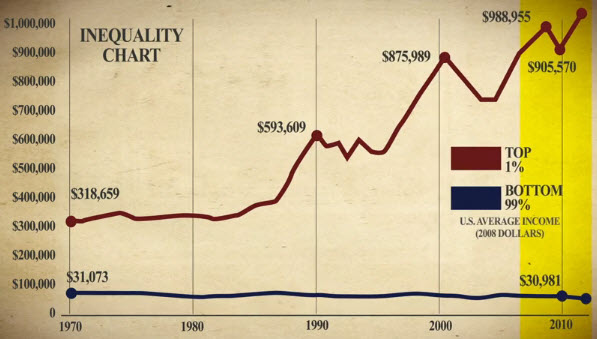by Bill Bonner
Gold rose $24 per ounce Thursday. The Dow fell 12 points.
The smart money is using this dip to buy gold.
Why?
Because the world's major stock markets... currencies... and economies all depend on reckless measures by central banks. In the short run, the central banks can make things appear safe and stable.
How?
By making lending money at ultra-low rates the norm. It's hard for major players to go broke; they can just refinance.
But in the long run, those same policies can lead to instability, bubbles... and disaster.
Too bad, but you can't buy prosperity. You can't print prosperity. You can't borrow prosperity. You can't ZIRP, QE or OMF ("overt monetary financing," a phrase that is bound to become current soon) prosperity, either. Prosperity comes from hard work, saving and discipline.
That is, it comes from responsible policies, not reckless ones.
Gold rose $24 per ounce Thursday. The Dow fell 12 points.
The smart money is using this dip to buy gold.
Why?
Because the world's major stock markets... currencies... and economies all depend on reckless measures by central banks. In the short run, the central banks can make things appear safe and stable.
How?
By making lending money at ultra-low rates the norm. It's hard for major players to go broke; they can just refinance.
But in the long run, those same policies can lead to instability, bubbles... and disaster.
Too bad, but you can't buy prosperity. You can't print prosperity. You can't borrow prosperity. You can't ZIRP, QE or OMF ("overt monetary financing," a phrase that is bound to become current soon) prosperity, either. Prosperity comes from hard work, saving and discipline.
That is, it comes from responsible policies, not reckless ones.
















